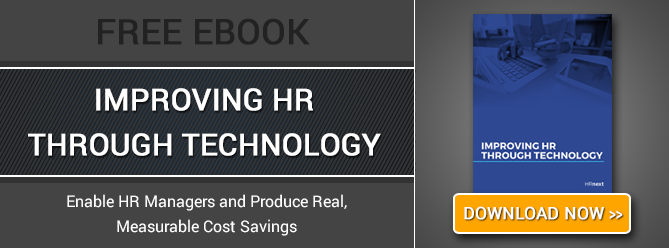Non-Work Activities and Employee Productivity
One of the hidden costs that HR leaders and administrators have to contend with is employees engaging in non-work related activities at work. Employees reportedly spend roughly 75 minutes every day on their computer doing non-work activities, according to EmployeePC. Depending on the size of the workforce, this can cost organizations tens, or even hundreds, of thousands of dollars every year in productivity losses.
“For many enterprises, the solution to stemming the flow of lost productivity is monitoring.”





Leave a Reply
Want to join the discussion?Feel free to contribute!